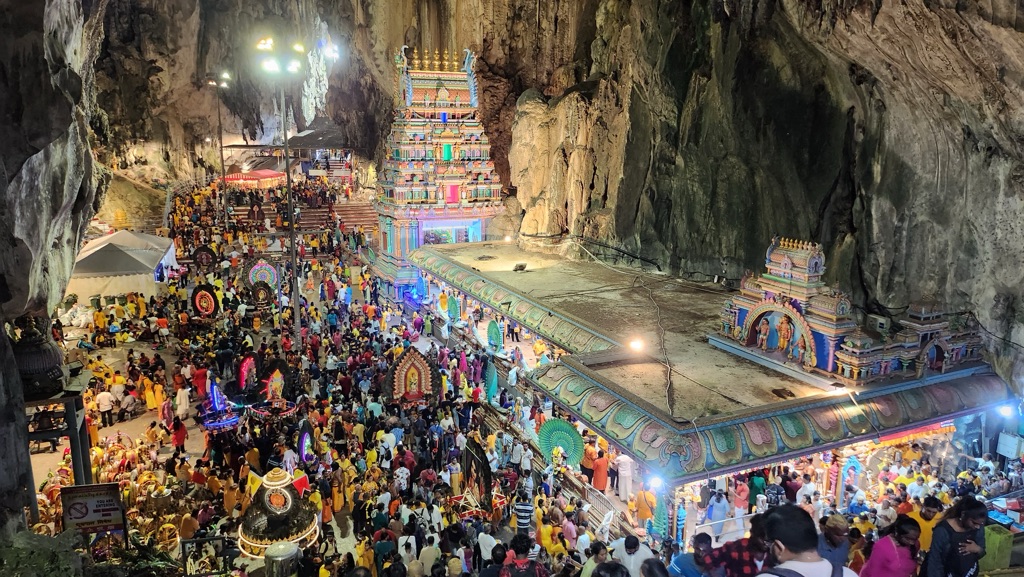The Batu Caves are a series of limestone hills that house a collection of caves and cave temples. Located in Gombak, Selangor, Malaysia, they are a prominent Hindu shrine outside of India. The caves are dedicated to Lord Murugan and are a focal point for the Tamil festival of Thaipusam in Malaysia. The site’s main attraction is the large statue of Lord Murugan at the entrance, and the 272-step climb to the Temple Cave. Batu Caves attract thousands of worshippers and tourists, especially during the annual Thaipusam festival.
Historical Places
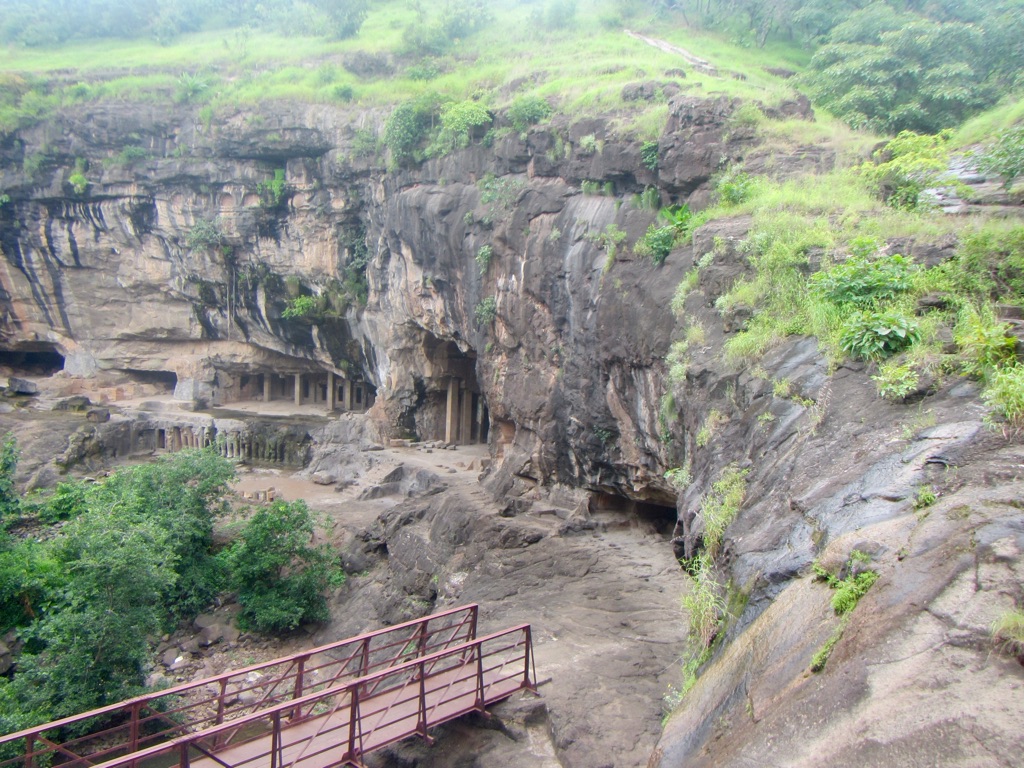
Pitalkhora Caves
The Pitalkhora Caves, nestled in the Satmala range of the Western Ghats of Maharashtra, India, are a group of ancient rock-cut caves. They are renowned for their early Buddhist architecture, inscriptions, and artwork. These caves, dating from the 2nd century BCE to the 5th century CE, offer a glimpse into the life and religious practices of the time. The site comprises fourteen caves that served as monasteries (viharas) and shrines (chaityas) for Buddhist monks. The caves are remarkable for their elaborate facades, sculptures, and inscriptions, which reflect the influence of the Hinayana phase of Buddhism. The remote location and the unique architectural elements make Pitalkhora Caves an important archaeological site for understanding early Indian rock-cut architecture.
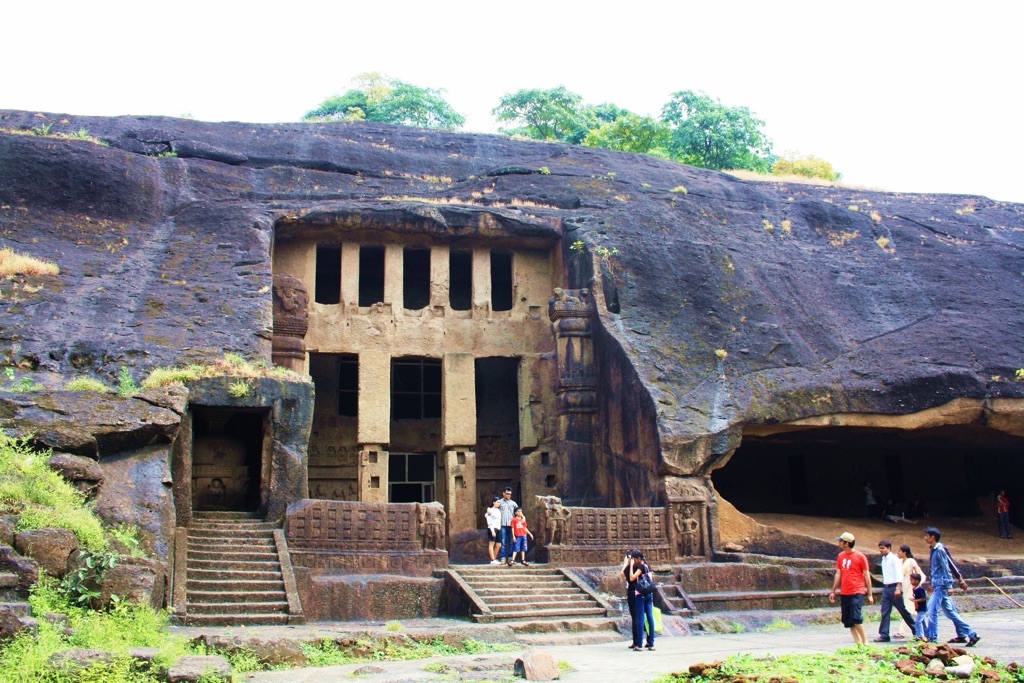
Kanheri Caves
The Kanheri Caves, nestled in the outskirts of Mumbai, India, stand as a remarkable testament to ancient Indian art and architecture. These rock-cut monuments, numbering over a hundred, date back to the 1st century BCE and extend up to the 10th century CE. They offer a glimpse into the life and times of the Buddhist monks who lived and meditated there. The caves are renowned for their intricate carvings, inscriptions, and the ingenious use of the basalt rock formation they are carved into.
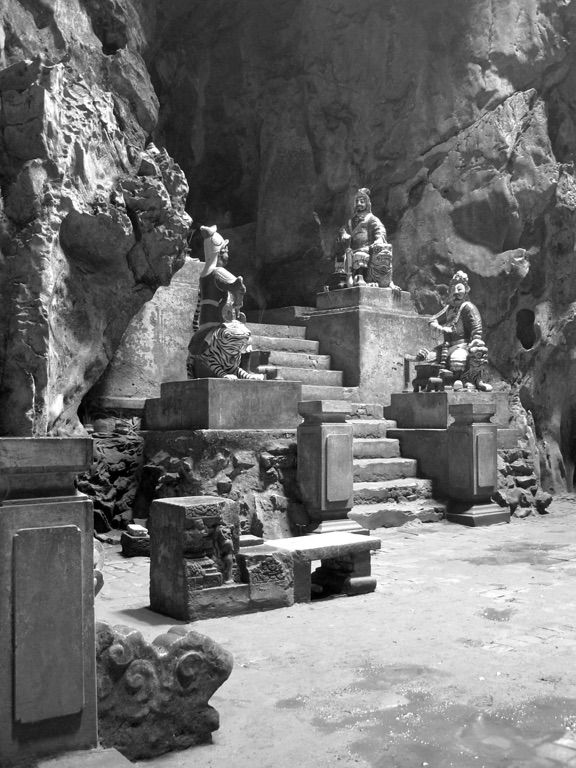
Huyen Khong Cave
Nestled within the Marble Mountains of Vietnam, Huyen Khong Cave stands as a serene sanctuary. Revered for its spiritual significance, the cave has been a place of worship for centuries. Its name, translating to “Cave of the Scented Clouds,” hints at the ethereal atmosphere that greets visitors. The cave’s natural beauty and historical importance make it a popular destination for both pilgrims and tourists.
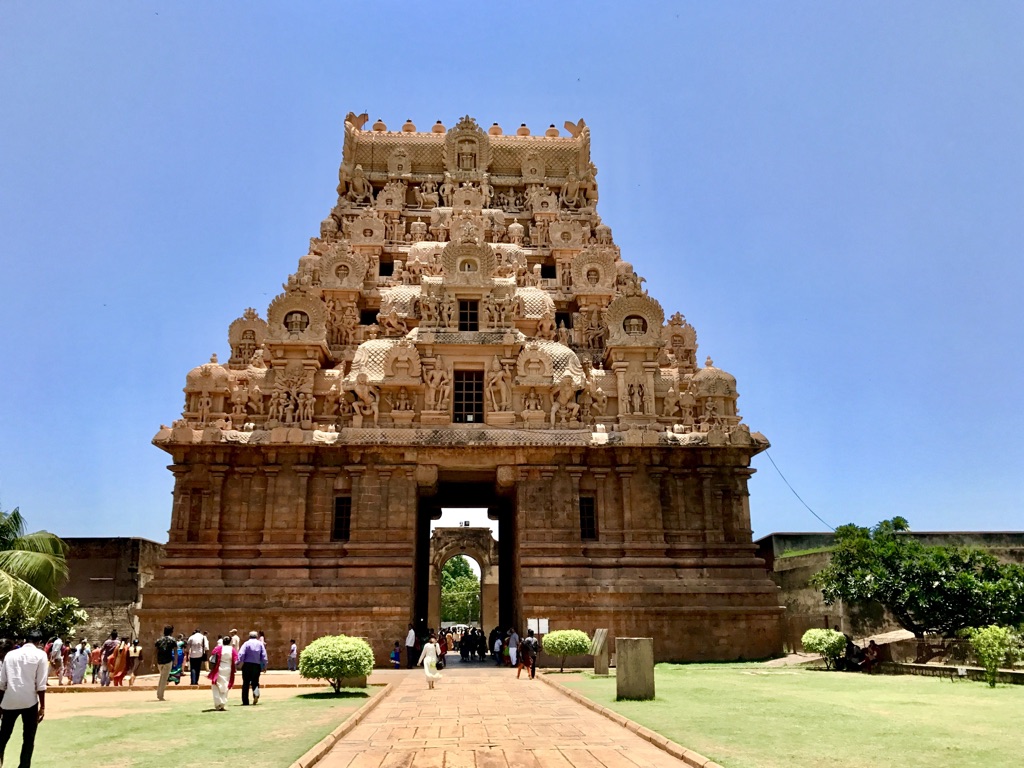
Brihadeeswarar Temple
The Brihadeeswarar Temple, also known as the Big Temple, is a marvel of ancient Indian architecture and a testament to the grandeur of the Chola dynasty. Located in Thanjavur, Tamil Nadu, it is a Hindu temple dedicated to Lord Shiva. Built by Emperor Rajaraja Chola I in 1010 AD, the temple is a part of the UNESCO World Heritage Site known as the “Great Living Chola Temples.” Its towering vimana (temple tower) stands at about 66 meters, making it one of the tallest of its kind. The temple’s intricate sculptures, frescoes, and architectural expertise reflect the zenith of Chola art and engineering.
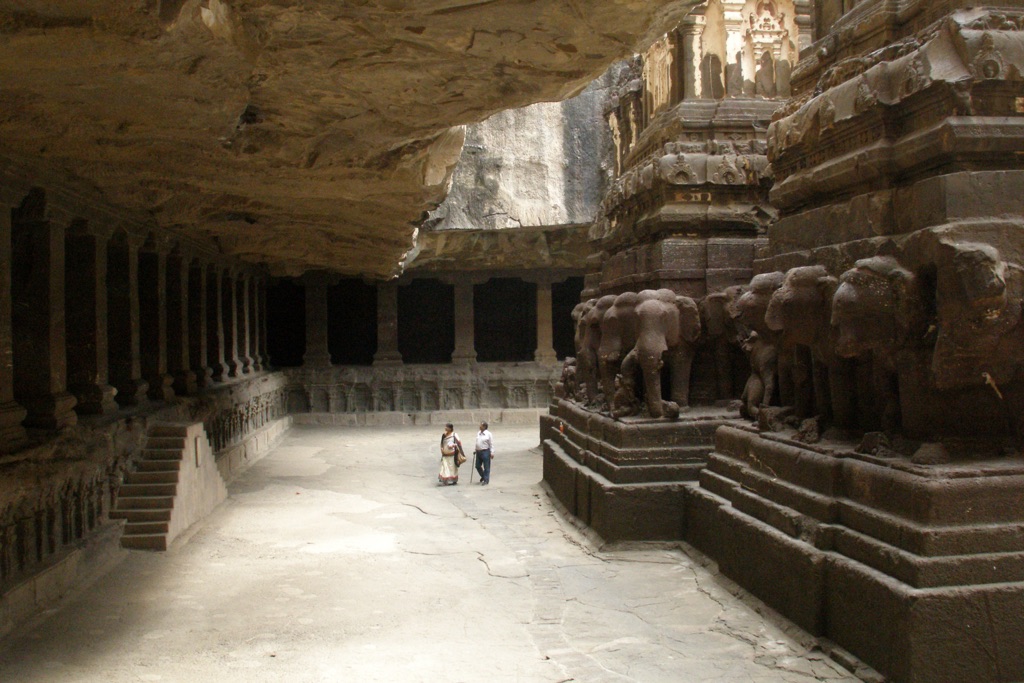
Ellora Caves
The Ellora Caves, a UNESCO World Heritage Site, are an impressive complex of rock-cut temples and monasteries. They represent the epitome of Indian rock-cut architecture. Located in the Aurangabad district of Maharashtra, India, these caves are renowned for their monumental caves and are a testament to the religious harmony prevalent during the period of their construction. The site features over 100 caves, of which 34 are open to the public. These include Buddhist, Hindu, and Jain temples, each illustrating the spirit of tolerance that was characteristic of ancient Indian civilization.

